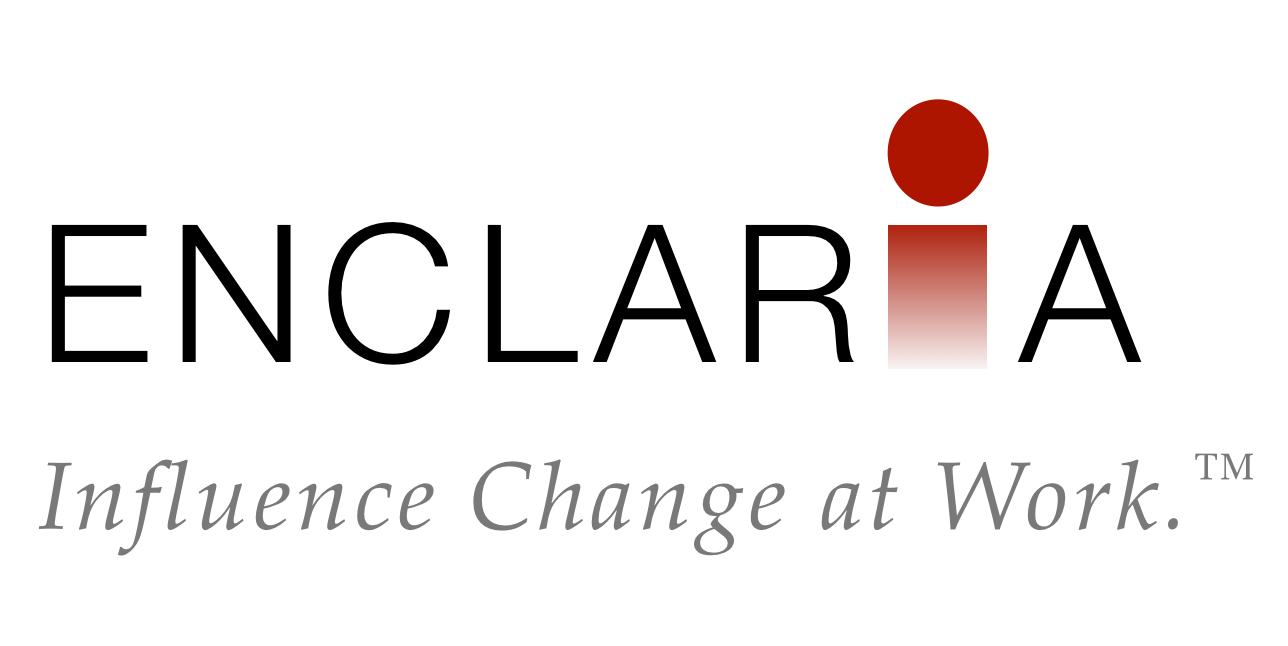It’s been said, “What gets measured gets done.” Taken at face value, the statement means that if you want something done, then simply measure it. Anyone who has tried to implement a balanced scorecard knows that just because you measure something doesn’t mean it’s automatically going to change. There are a number of caveats and prerequisites to the well-worn platitude. The following are a few ways to make measures work.
Align measures and objectives
Most measures by themselves are meaningless. A measure is only a proxy for what you actually want to happen – the objective. For example, when you measure employee turnover, your end goal is not to know how many people are leaving the company. You want to know how effective the company is at retaining talent. Turnover is just one way to estimate employee satisfaction.
The alignment between objective and measure is a critical factor in the effectiveness of the measure. Good alignment means that when the measure moves in the direction you want, you are making progress toward your objective. Just because employee turnover goes down doesn’t explicitly mean that satisfaction has gone up; it just means employees aren’t leaving at the same rate as they were before. It is important to know the relationship between your measure and your objective.
When an objective and its measure are misaligned, one of two things happens. Either people will ignore it altogether because they see that there is no real connection, or you will end up with unintended consequences because people go after a measure that is unrelated to the objective. It is better to have a subjective measure that is aligned with its objective than to have a concrete measure that doesn’t really tell you what you want to know.
Make reports meaningful
A giant spreadsheet with rows of measures, although concise, does not impart as much information as detailed, visual measure reports. At the risk of using more paper, ink and time, provide people with an interesting graphic that tells a story and helps them make decisions. Best practice measure reports include the following information on one page per measure:
- Objective
- Chart of the measure’s progress over time
- Arrow on the chart indicating which way is good
- Target line on the chart
- Status indicator (Color coding in red/yellow/green, smiley faces, etc.)
- Measure owner
- Data source
- Frequency of measurement
- A brief explanation of what is being measured and its link to the objective
- An interpretation of what the current status indicates is happening
- The current status of initiatives underway or planned to make progress
Great measure reports make it easy for people to quickly understand what is going on. Instead of having meetings that spend time explaining the measure and its status, focus meetings on making decisions about what should be done to achieve the objective.
Focus on action
A measure tells you whether an objective needs attention and what its priority is. It will rarely tell you what action to take; it will only tell you that action should be taken. Still, many teams get bogged down in the accuracy and derivation of the measure itself instead of taking action with the information that they do have.
Focus on the initiatives that will move the dial even if you don’t yet know exactly where the dial is located. As better information becomes available, you can adjust your report to show what is truly happening. If better information is too difficult to collect, decide what is good enough or get a new measure. A team that only talks about measures without taking action toward objectives is a team that will quickly lose interest in measurement.
It may be true that “What gets measured gets done.” But only if you help it along will what gets done match your objective.
